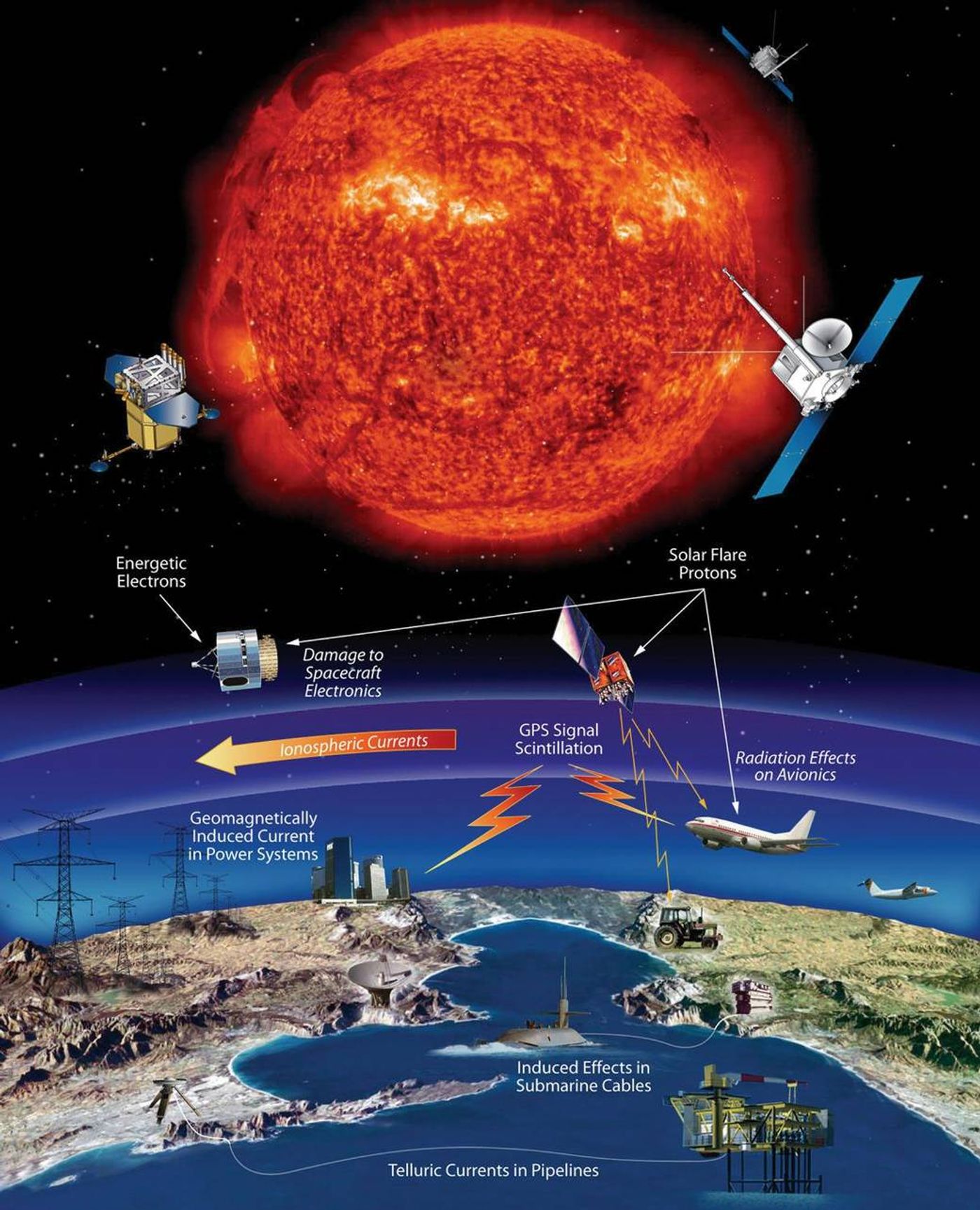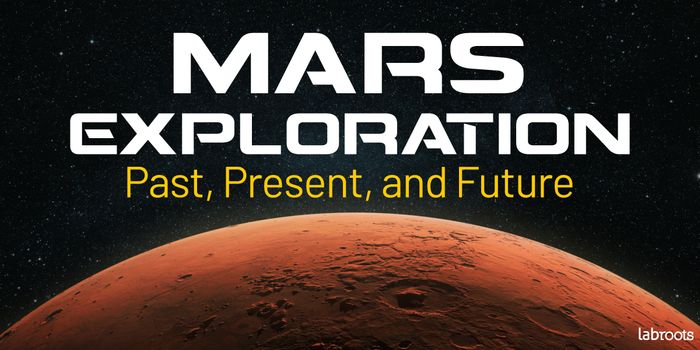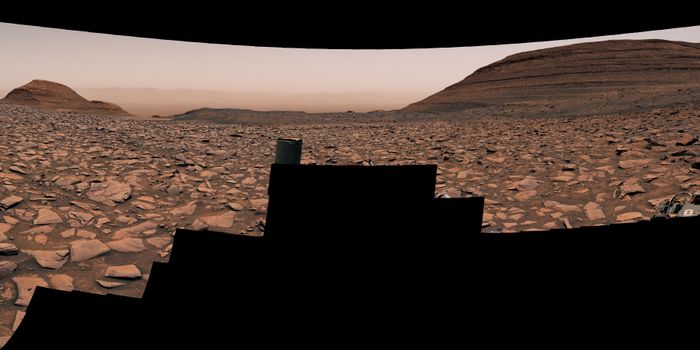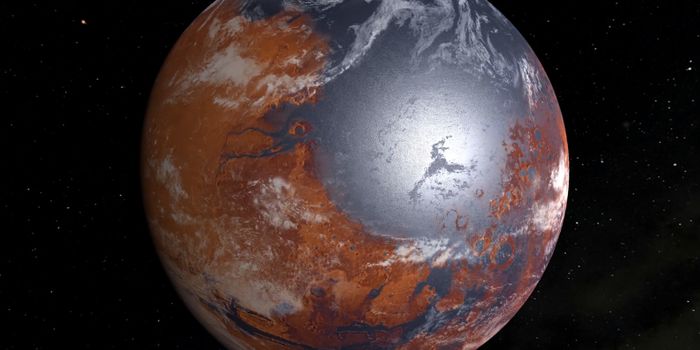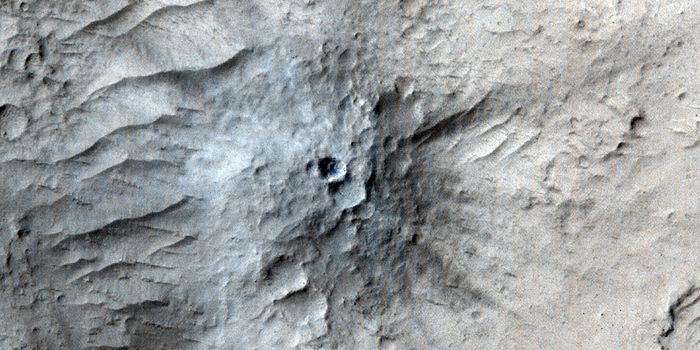The Pioneering Project to Change How We Predict Space Weather
Researchers from West Virginia University (WVU) are leading a project that will improve our understanding of “space weather.” Space weather is an all-encompassing term for many different phenomena caused by the variability of magnetic activity of the Sun, which varies over periods ranging from hours to years. During periods of high activity, large bursts of particles are released by the Sun, and then travel through our Solar System. These storms can interact with Earth’s magnetic field, producing geomagnetic storms, which can sometimes cause the beautiful aurora – or Northern Lights – that we love to observe, but can also impact everyday life in negative ways. For example, space weather can be hazardous to humans and our technological infrastructure, affecting satellite operations, telecommunications, and our power grid. You can learn more about the different phenomena that cause space weather and its potential effects by visiting spaceweather.com.
The team at WVU hopes to improve the way scientists currently model and forecast space weather to safeguard satellites in orbit around Earth and other technological infrastructure on Earth itself. Along with scientists at the University of Texas at Arlington, the Bay Area Environmental Research Institute, and the Electric Power Research Institute, the team was awarded a $2.4 million grant by the National Science Foundation under the Grand Challenges in Integrative Sciences: Advancing National Space Weather Expertise and Research toward Societal Resilience (ANSWERS) program. This money will be used to fund a project that will investigate how plasma – the state of matter of the material which comprises the Sun – interacts with elements in the atmosphere of the Sun and the Earth.
The team will design and undertake an experiment to emulate the conditions in different layers of the Earth’s ionosphere, as well as the Sun’s atmosphere. This will be done by shooting a beam of electrons – or negatively charged particles – through plasma to measure how often they interact, or collide, with each other. This experiment would help scientists to better understand how charged and neutral particles in a plasma interact in various environments within our Solar System. Current space weather models are not equipped to take into account the effects of these plasma-neutral interactions and/or rely on models that have been obtained through less accurate experiments that don’t correctly reproduce the conditions in the atmosphere of the Sun and the Earth.
Source: West Virginia University
